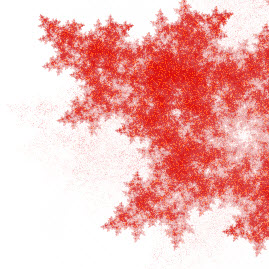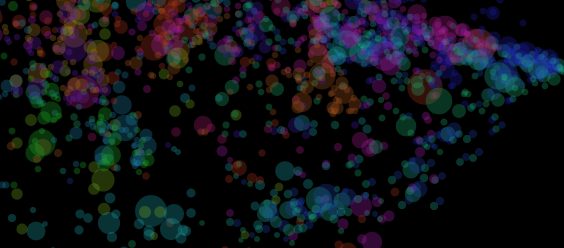Tag: fractal
-
Another image
I just like this one! Related Images:
-

Quality of Movement
With the focus I’ve had on finishing out some of the fractal rendering code on the site, I’ve been going back and looking at some of my earlier stuff like the animated fractal demo. (This is not just a gratuitous link to some of my old demos, trust me) I’ve been leaving it open on…
-
Spiral
Work in progress… Related Images:
-
A Mandelbrot Image I’ve been working on.
Related Images:
-

Something I’m playing around with.
This is something that I just stumbled onto while working on something else. I’ve taken a quick break from the atomic orbital viewer. I’m trying to make the IFS fractals more visually interesting. One approach is to create Mandelbrot versions of the IFS fractals which should break up the uniformity. Instead of showing one image…
-

Just a quick update
I’ve uploaded my very very super rough fractal canvas image editor. This is what I’ve been putting the galleries together with. It’s super rough, I’ll be improving it in random fits and spurts, and putting some demo posts up as well. Also, someone please please suggest a decent title for this one. I’ve got nothing.…
-

I’m just playing around with particles for this one
This has come together more quickly than any of the other demos. I wanted to see what I could do with a more abstract particle system driven through the same equations I’ve been using for fractals. The old formulas didn’t have quite enough pizazz, so I moved over to the sylvester library for matrices and…
-

The most basic IFS Fractal of all – the cantor set
What is that, Morse code? That my friends is the cantor set. It is one of the examples of basic topology and one of the objects that highlight many of the non-intuitive aspects of infinities. The most common construction is to take a line and remove the middle third. Next you remove the middle thirds…
-

square + triangle = ???
This image has the 180 angle adjusted to roughly 60 degrees. It looks very little like the original image now. Related Images:
-

Now something completely different
This image has the scale for both transforms adjusted as well as the angle of the 180 rotation adjusted. You can start to see how quickly these images change into something unrecognizable as being related to the original image. Related Images: